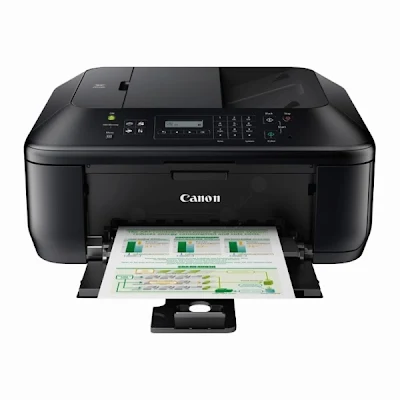Canon has never failed to surprise its loyal customers, and has recently launched three new cameras. It will be up for sale in April, mirrorless camera M6, prosumer focused 77D, and entry level rebel T7i. While, all the three new cameras are capable, they are missing an important feature that videographers have been eagerly waiting for, the ability to shoot 4K. Though, not everyone needs a 4K camera, its use have become increasingly popular in the video world. 4K video cameras help budding videographers to capture professional grade videos and this missing feature has definitely failed to impress a few Canon fans.
Sorry! No 4K resolution
4K resolution helps videographers to future proof the video projects, and this is quite helpful as most of the mobiles or even monitors have near 4K resolution screens. It is more of a creative tool, as videos with 1080p as it can be later used to pan, zoom, or use different crops in post production. If you are a budding or professional videographer and want a Canon gadget to fulfil your need of A grade videos you should consider buying their cinema cameras. Other options include EOS IDX Mark II, EOS ID C, and EOS 5D Mark IV.
Additional features available
Well, in the first place it was Canon that let charge into DSLR videography, and thus the absence of 4K in these new cameras by Canon is quite conspicuous. 5D Mark II which was launched by Canon back in 2008 was not the first DSLR to be launched but it’s HD video made it much more popular than the cameras offered by Nikon, and it certainly sparked a resolution. Now, if 4K is not your first priority then this launch by Canon has a lot to offer. Canon’s mirrorless cameras and DSLR’s were kept focused on stills, but these new models especially T7i and M6 have extended those capabilities. All the three new cameras feature NFC, Bluetooth and Wi-Fi, and most certainly make the process of shooting still and moving pictures easier.
T7i is all set to impress shooters
Canon’s T7i has proven to be a big leap for the company when compared to T6s and T6i. T7i is the company’s first rebel camera to feature dual pixel auto focusing system and DIGIC 7, latest image processor. This latest and improved system offers the camera an ability to zoom and focus within 0.03 seconds. According to latest reports this function is accomplished by the new 45 cross type auto focus point. Not only this, the camera also features a massive 3 inch LCD display. The screen will also be the home to the most interesting feature of this launch, the enhanced graphical menu system.
This menu system will prove to be a boon for new photographers, as it educates about the basics of photography. A camera which teaches photography? Isn’t that rare? Yes, it is, and seasoned photographers can very easily turn off the menu system. The menu will also showcase various points on photographic fundamentals like blurring the background, using aperture priority mode and so on.
Sorry! No 4K resolution
4K resolution helps videographers to future proof the video projects, and this is quite helpful as most of the mobiles or even monitors have near 4K resolution screens. It is more of a creative tool, as videos with 1080p as it can be later used to pan, zoom, or use different crops in post production. If you are a budding or professional videographer and want a Canon gadget to fulfil your need of A grade videos you should consider buying their cinema cameras. Other options include EOS IDX Mark II, EOS ID C, and EOS 5D Mark IV.
Additional features available
Well, in the first place it was Canon that let charge into DSLR videography, and thus the absence of 4K in these new cameras by Canon is quite conspicuous. 5D Mark II which was launched by Canon back in 2008 was not the first DSLR to be launched but it’s HD video made it much more popular than the cameras offered by Nikon, and it certainly sparked a resolution. Now, if 4K is not your first priority then this launch by Canon has a lot to offer. Canon’s mirrorless cameras and DSLR’s were kept focused on stills, but these new models especially T7i and M6 have extended those capabilities. All the three new cameras feature NFC, Bluetooth and Wi-Fi, and most certainly make the process of shooting still and moving pictures easier.
T7i is all set to impress shooters
Canon’s T7i has proven to be a big leap for the company when compared to T6s and T6i. T7i is the company’s first rebel camera to feature dual pixel auto focusing system and DIGIC 7, latest image processor. This latest and improved system offers the camera an ability to zoom and focus within 0.03 seconds. According to latest reports this function is accomplished by the new 45 cross type auto focus point. Not only this, the camera also features a massive 3 inch LCD display. The screen will also be the home to the most interesting feature of this launch, the enhanced graphical menu system.
This menu system will prove to be a boon for new photographers, as it educates about the basics of photography. A camera which teaches photography? Isn’t that rare? Yes, it is, and seasoned photographers can very easily turn off the menu system. The menu will also showcase various points on photographic fundamentals like blurring the background, using aperture priority mode and so on.









